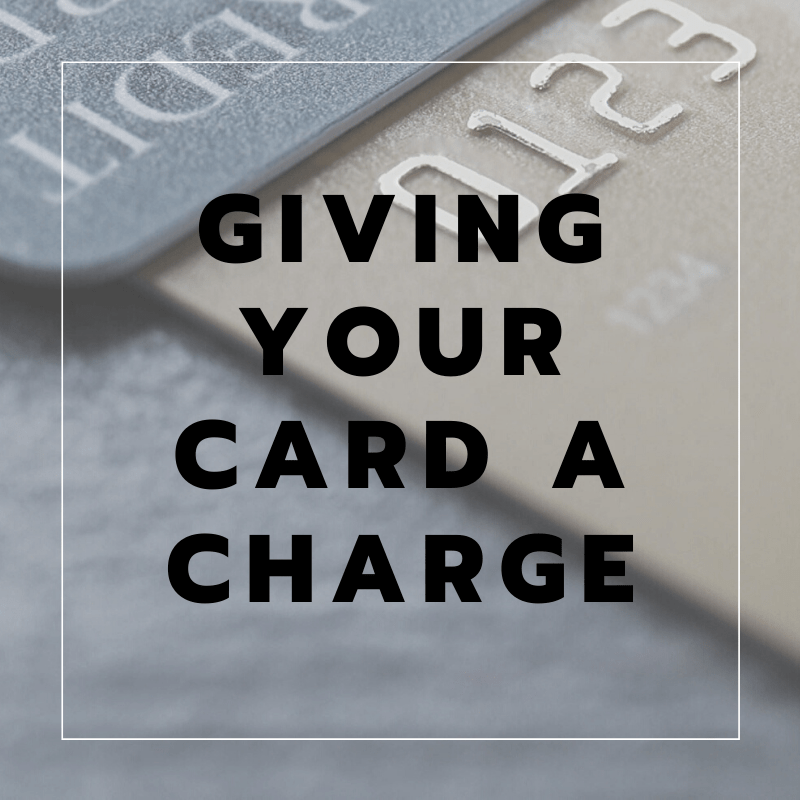
Giving Your Card a Charge
January 18, 2020
According to The Federal Reserve more than 174 million Americans have credit cards. The average credit card holder has at least three cards and carries more than $15,000 in credit card debt. At the end of 2017, U.S. consumer debt totaled $13.15 trillion, which includes mortgages, auto loans, credit cards, and student loans. For some, managing debt has become a serious problem. With this increased debt load, more and more Americans are counseled in formal “debt management” programs.
Credit cards have a big effect on the way many Americans shop and budget their expenses. Today, some people will buy an item and charge it to their credit card with the expectation that their next payroll check will be used to pay off the bill. In the meantime, other expenses may build. Thus, when the next monthly statement arrives, some individuals end up paying only the “minimum amount due.” Unfortunately, debt can build up very quickly on a credit card, especially when only minimum payments are made.
How do you manage your debt? If almost every month your statement records a balance due being carried over to next month’s bill, the following process may help you gain a better handle on your debt.
- List all credit cards and debts. Begin by making a list of all your credit cards along with toll-free numbers and outstanding balances. Look at recent statements to find the interest rate you are being charged on each card.
You may be using a card that is charging you 18% or 21% interest while there are better rates available. This list can also be helpful if your cards are lost or stolen.
- Total your debt. Add up all of your credit card debt. Do you have any mortgage or equity loans? What about auto or school loans? You should add these payments together. What percentage of your income is used to pay the debt? Strive to set a limit at thirty-five percent of your gross income.
- Consolidate. If you have several credit cards, you may want to consolidate them on one card with a lower rate of interest. Some cards offer low rates for the first several months. If you discontinue the use of any card, destroy it and cancel the account.
- Equity loan. Traditionally, many people aim to have their home mortgage paid off before they enter retirement. Yet, equity loans remain popular, and such loans add on to home indebtedness. Some people have used equity loans to consolidate their debts. However, placing short-term credit card debt on a longer- term equity loan may be more expensive in the long run.
5.Call before the due date. Sometimes, for one reason or another, it’s difficult to make a timely bill payment. You may find yourself short of cash. If this happens to you, take the initiative and contact your credit card’s customer service representative. They may be able to assist you and provide you with payment options.
- Discipline. If you want to avoid the charge card debt syndrome, establish a savings account. Resolve to regularly save for your purchases first. Or, arrange a layaway plan with a business or store.
At year’s end, some companies provide cardholders with an annual printout of all purchases, charges, and payments (if your credit card company does not
provide you with this service, most will do so upon request). Review the statement. How necessary were all your purchases?
Overextending credit card debt is, indeed, a national problem. However, debt management has helped many people adjust their buying patterns by adopting a more disciplined approach to shopping. With better debt management, finances become more manageable and items to be purchased become part of your budget. As a result, the checkout counter can be approached with cash or debit card in hand instead of credit cards—a welcome solution.

